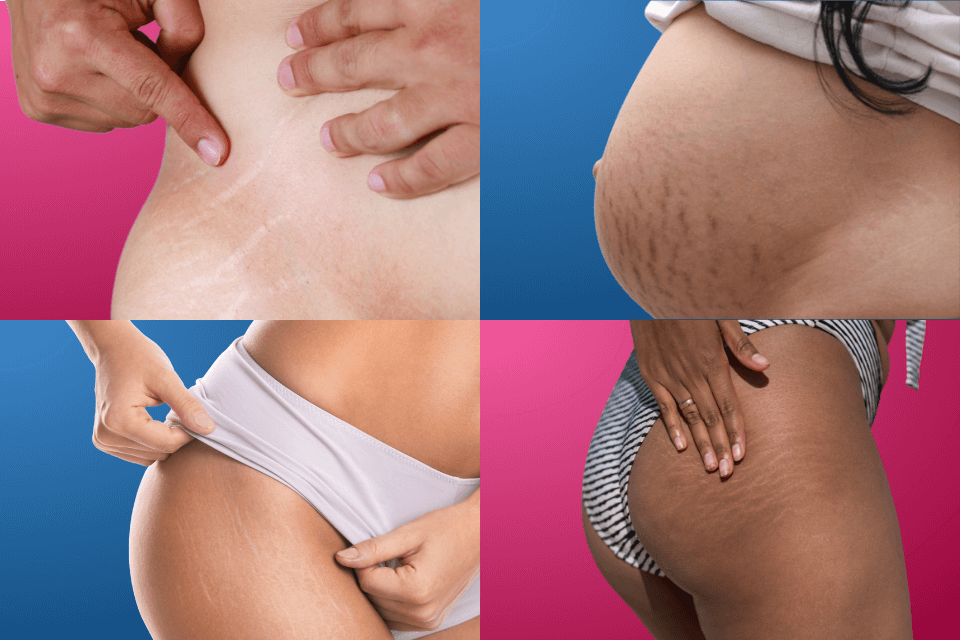Dimples, particularly those that emerge when smiling, hold a unique place in human aesthetics and cultural symbolism. Found in a significant portion of the world's population, the genetic foundations of dimples still prompt curiosity and research. This article examines what gene causes these dimples, unraveling the mystery behind one of the most sought-after physical features.
How Do Dimples Occur When Smiling?
Dimples are dips or small indentations that appear on the skin.
Humans can develop dimples in different body parts, like the cheeks, chin, or lower back. These are harmless indentations that are primarily physical.
Dimples, when they form on other parts of the body like the natal cleft, nose, limbs, or scalp, could be associated with certain medical conditions and must be diagnosed by healthcare providers.
There are two common types of cheek dimples - unilateral and bilateral.
Unilateral dimples occur on one side of the cheek, while bilateral dimples form on both cheeks.
A 2018 study analyzed the type of cheek dimples and concluded that 55.6% of the population had bilateral dimples.
In comparison, only 44.4% of the population had unilateral dimples.
Dimples are formed due to a slight change in the facial muscle bundle called zygomaticus major.
The zygomaticus major starts at the tip of the cheekbone and goes down to the corners of the mouth.
These muscles pull the corners of the mouth upwards when people smile.
Usually, the zygomaticus major is usually a single bundle of muscle on either cheek.
In some people, the muscle divides into two bundles - one half from the cheekbone to the middle of the cheek and the other half from the midpoint to the corner of the mouth.
When the skin moves over this split while smiling, a slight indentation appears, which is called a dimple.
How Common Are Cheek Dimples?
Studies report that the global prevalence of genetically inherited cheek dimples is about 22.7%. In the American population, the number is higher, at 34%.

What Gene Causes Dimples When Smiling?
Dimples, particularly those that appear when smiling, are primarily influenced by genetic factors.
Very little research has actually been done on the specific genes responsible for cheek dimples.
These genes may be associated with variations in the zygomaticus major muscle.
- Chromosomal Location: Research suggests that the gene for cheek dimples is located on chromosome 5, while chin dimples may be influenced by a gene on chromosome 16. This indicates that both traits can be inherited through dominant genetic pathways.
- Dominant Inheritance: Dimples are often considered to follow an autosomal dominant inheritance pattern. This means that only one copy of the gene from either parent can result in the expression of the trait. However, it is important to note that the genetics of dimples may not be as straightforward as once thought. Studies indicate that at least nine different genetic variants could contribute to the formation of cheek dimples, suggesting a more complex genetic interplay than a single gene model.
Can You Inherit Cheek Dimples?
Did you know that up to 34% of Americans, 27.4% of Asians, and 12.3% of Europeans are genetically inclined to develop dimples?
According to experts, specific gene changes could be why some people have two bundles of the zygomaticus major while others don’t.
These gene changes could be passed on in the family, making cheek dimples a heritable trait.
Did you know?
While we know that our DNA governs observable traits like eye color, height, and even dimples, not many of us are aware that it even influences health predispositions, altering our risk for many chronic conditions like diabetes and heart disease. Xcode Life allows you to upload your existing DNA data from ancestry tests to learn 1,500+ things about your health. Learn more.
Can You Create Dimples When Smiling?
Unless born with dimples, you may not be able to create the indentation naturally.
Some people may have excess fat on the cheeks, leading to the temporary formation of dimples. These dimples disappear when they lose the fat, though.
How Does Dimpleplasty Work?
Dimpleplasty is a technique performed by a trained surgeon to create dimples on the skin.
Here, the surgeon marks where the dimple is needed and makes a small hole in the skin to remove muscles and fat underneath.
Now, the area is sutured using a sling. This process attaches the skin to the muscles to create the indentation.
Is It Possible To Get Rid Of Dimples When Smiling?
It may not be possible to get rid of dimples naturally.
Using fillers like Botox on the area may loosen up the muscles and bring down the prominence of the dimple.
This procedure is only temporary and may need to be repeated every 2-3 months.
The Bottomline
Dimples occur when the zygomaticus major muscle splits into two bundles, creating an indentation when people smile.
Dimples are genetically inherited. However, the exact genes that lead to the formation of dimples haven’t been identified yet.
Dimples on the cheeks, chin, or lower back are often harmless, while those in areas like the nose, limbs, or scalp could be due to medical reasons and must be checked by an expert.
Summary: Are Dimples When Smiling Genetic?
- Dimples are indentations on the skin that can be genetically inherited. About 22.7% of the global population is dimpled.
- Cheek dimples are very common and are considered to be an attractive feature. Bilateral dimples (dimples on both sides of the cheeks) are more common than unilateral dimples.
- The zygomaticus major muscle running from the cheekbone to the corners of the mouth splits into two bundles, causing a dimple when people smile.
- Dimples follow an autosomal dominant inheritance pattern. The exact genes causing dimples are unknown.
- Dimpleplasty is a process of surgically creating dimples. This is a common cosmetic procedure worldwide.
Others Are Also Reading

Are Stretch Marks Genetic?

Do Eggs Really Cause Acne? Here’s What Science Says

Is Dandruff Genetic? Understanding The Roots
References
https://pubmed.ncbi.nlm.nih.gov/30807476/
https://pubmed.ncbi.nlm.nih.gov/24738724/




